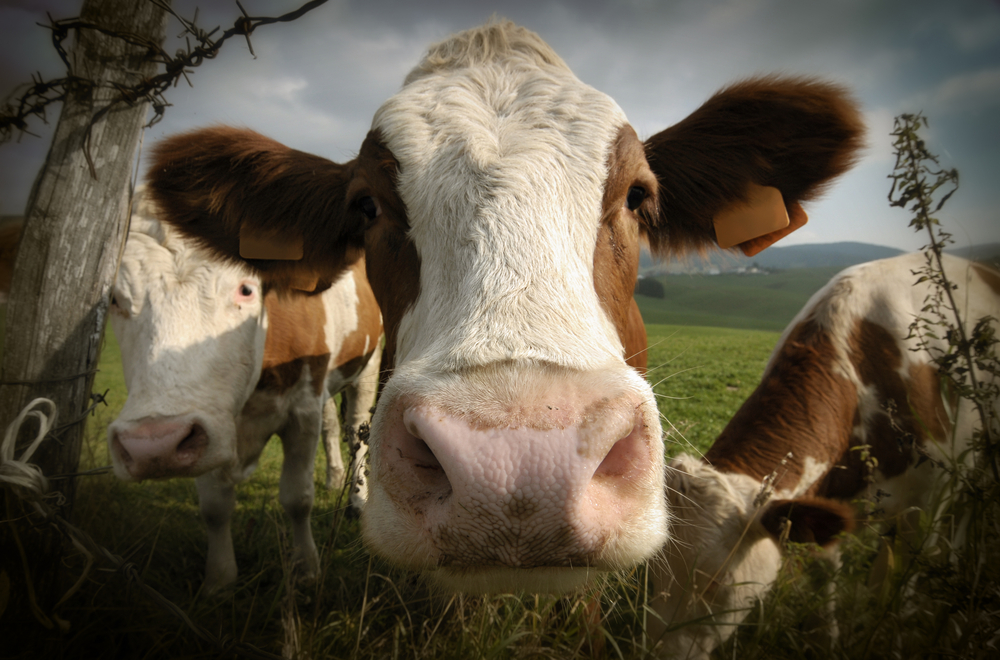Shutterstock
Eh. Meat, shmeat. No, really. Shmeat. It’s the, um, hip term for lab-grown meat (as Kate Sheppard explained in Mother Jones, shmeat = a sheet of meat). Not exactly what you’d expect the marketing whizzes to come up with, but lack of a catchy name is hardly the biggest problem facing the developers of lab-grown meat. Making enough of it to feed to a human had been the biggest. But that milestone has finally fallen by the wayside.
Earlier this week, two curious gastronomes, Austrian food researcher Hanni Ruetzler and American technology and food writer Josh Schonwald, ate a hamburger made of meat grown in a test tube by Dutch vascular physiologist Mark Post. The world’s most expensive hamburger, it cost $332,000 and was underwritten by none other than Google co-founder Sergey Brin. Yes. I’ll go there. Lab-grown meat should be forever be known as Brinburger. You’re welcome, internet.
Grist has been covering the slow progression of lab-grown meat for nearly a decade, in particular Post’s long-running effort. This week’s hamburger-related festivities had been rescheduled from October 2012. Scien... Read more




